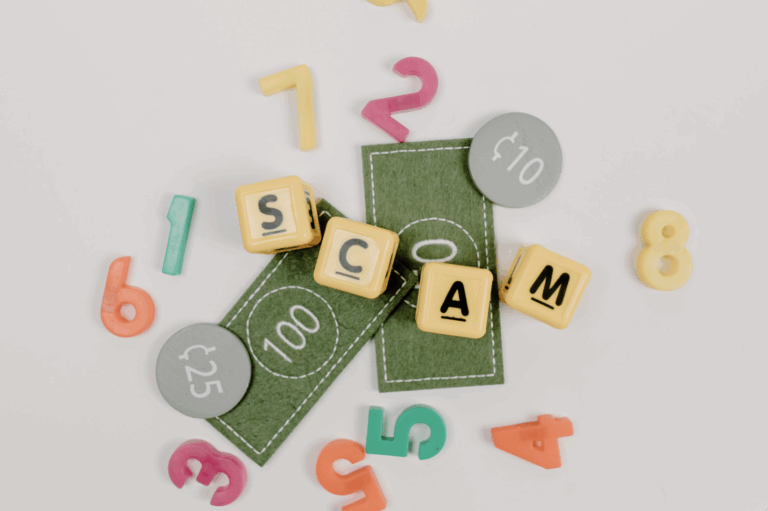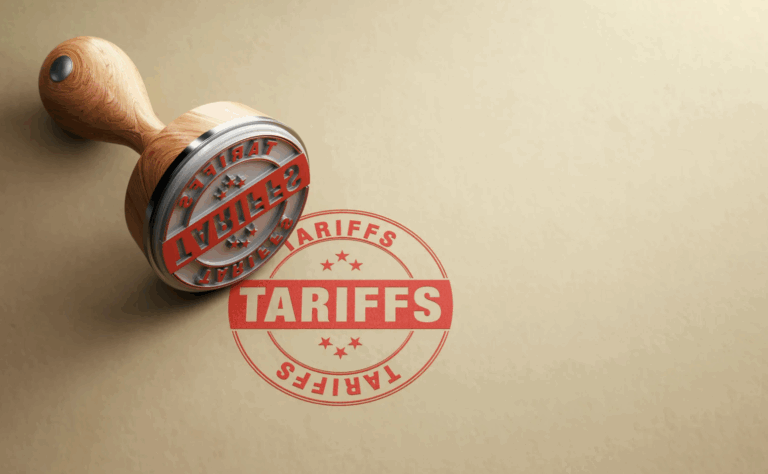UCC filings are common practice, especially among small business lenders and merchant cash advance providers. This document establishes a lender’s legal interest in collateral used to secure a business loan. A UCC lien can help your business qualify for financing, but it also presents some challenges. Therefore, it’s essential to understand how to remove a UCC filing once you are eligible to do so.
Read on to learn how a UCC filing impacts you and how to get it removed.
What Is a UCC Filing?
UCC stands for Uniform Commercial Code, a set of laws surrounding commercial transactions in the United States. A UCC filing refers to a legal notice that a lender files with the appropriate jurisdiction to secure an interest in the business’s personal property, which is used as collateral for a loan.
When a business takes out a loan, the lender often requires some form of collateral to secure the loan. If the borrower fails to repay, the lender can seize the collateral to recoup the lost funds. This collateral may include assets such as equipment, inventory, or accounts receivable.
Filing a UCC-1 financing statement “perfects” the lender’s interest in the collateral, making it a matter of public record. If the borrower defaults on the loan, the lender has a legally recognized priority claim to the collateral over other creditors.
Once the loan is paid off, the lender should file a UCC-3 termination statement with the relevant state office. This removes the UCC lien, indicating that the lender no longer has an interest in the collateral.
How to Remove a UCC Filing
Suppose a UCC-1 filing affects your business, and you believe it should be terminated. In that case, it’s a good idea to contact the creditor immediately and discuss the filing status and the underlying obligation. Double-check the agreement associated with the UCC filing to understand the terms for removal.
If there are disputes or complications surrounding the UCC filing, it’s a good idea to consult with an attorney with experience in this area of business law. Remember that a proactive approach is essential — if a UCC filing remains on record after your debt was satisfied, it can continue to affect your business’s ability to secure additional financing or complete certain transactions.
Steps for Removing a UCC Filing
- Fulfill the obligation. Before a UCC lien can be removed, the underlying debt (like loan repayment) generally must be satisfied.
- Request termination. Once the debt is paid off, you should request that the creditor (secured party) file a UCC-3 termination statement with the appropriate filing office (typically the Secretary of State or a similar state agency where the original UCC-1 was filed). This statement serves to terminate the lien and indicates that the secured party no longer has a claim on the assets related to that filing.
- Check for accuracy. Ensure the UCC-3 termination statement contains the correct information, including the initial UCC-1 filing number, your or your business’s name, and other relevant details.
- Keep proof. Once the termination is accepted, keep a copy of the filed UCC-3 termination and any confirmation from the filing office.
- Monitor UCC searches. After a reasonable amount of time has passed, you may want to conduct a UCC search on your business to ensure that the terminated lien is no longer listed. This can be especially important if you’re seeking new financing.
- Address erroneous filings. If a UCC-1 was filed in error or you believe it was wrongfully filed, contact the secured party to address the issue. If they don’t cooperate, you might need to take legal action or file a UCC-5 Information Statement to indicate a dispute regarding the accuracy or validity of the UCC filing.
- Remember the expiration date. If the secured party does not take action, a UCC-1 financing statement typically expires five years after its filing date.
When Can a Business Remove a UCC Filing?
A UCC filing (specifically a UCC-1 financing statement) can be removed or terminated under several circumstances:
- Satisfaction of obligation. The most common reason for removing a UCC filing is the satisfaction of the underlying debt. When you have paid off the loan, the secured creditor should terminate the UCC filing.
- Expiration. If no action is taken, a UCC-1 financing statement typically expires five years after its filing date. However, a creditor can extend a UCC-1 by filing a continuation statement (UCC-3) before the initial expiration date.
- Release of collateral. When the underlying obligation hasn’t been fully satisfied, but a specific piece of collateral is no longer deemed necessary by the creditor, a partial release can be filed. This doesn’t remove the UCC filing altogether, but indicates that certain collateral is no longer restricted.
- Inaccurate filings. You can demand removal if a UCC-1 was filed incorrectly or without proper cause. If the creditor doesn’t comply, you may have legal grounds to pursue the removal and possibly even seek damages if the wrongful filing caused harm to your business.
- Bankruptcy. Depending on the specifics of a bankruptcy case, the proceedings may affect or alter UCC liens. This is a complex area, and the bankruptcy court would determine the exact impact on a UCC lien.
- Negotiation or restructuring. Sometimes, you may need to negotiate new terms or restructure an existing obligation with the creditor. This could lead to the removal or amendment of the original UCC-1 lien filing.
Do You Need Legal Help for a UCC Lien?
Again, if you need advice on any steps or help removing a UCC filing, consult with a legal professional experienced in business law in your jurisdiction.
A UCC filing on your business credit reports can make it challenging to get more affordable financing options in the future, especially if you have a blanket lien from an MCA provider.
You must pay off or refinance the debt to eliminate the UCC filing. However, in some cases, you may need to take further steps to remove the UCC lien from your credit report. In some cases, you might need to dispute the lien or enlist the help of an attorney to protect your business.
If you need assistance with a UCC filing, please call Tayne Law Group at (866) 890-7337 or complete our brief contact form, and we’ll respond promptly. We’ve been helping businesses resolve their debt for over 20 years, and our law firm has won countless awards for our service. All conversations are confidential, and we never share or sell your information.





